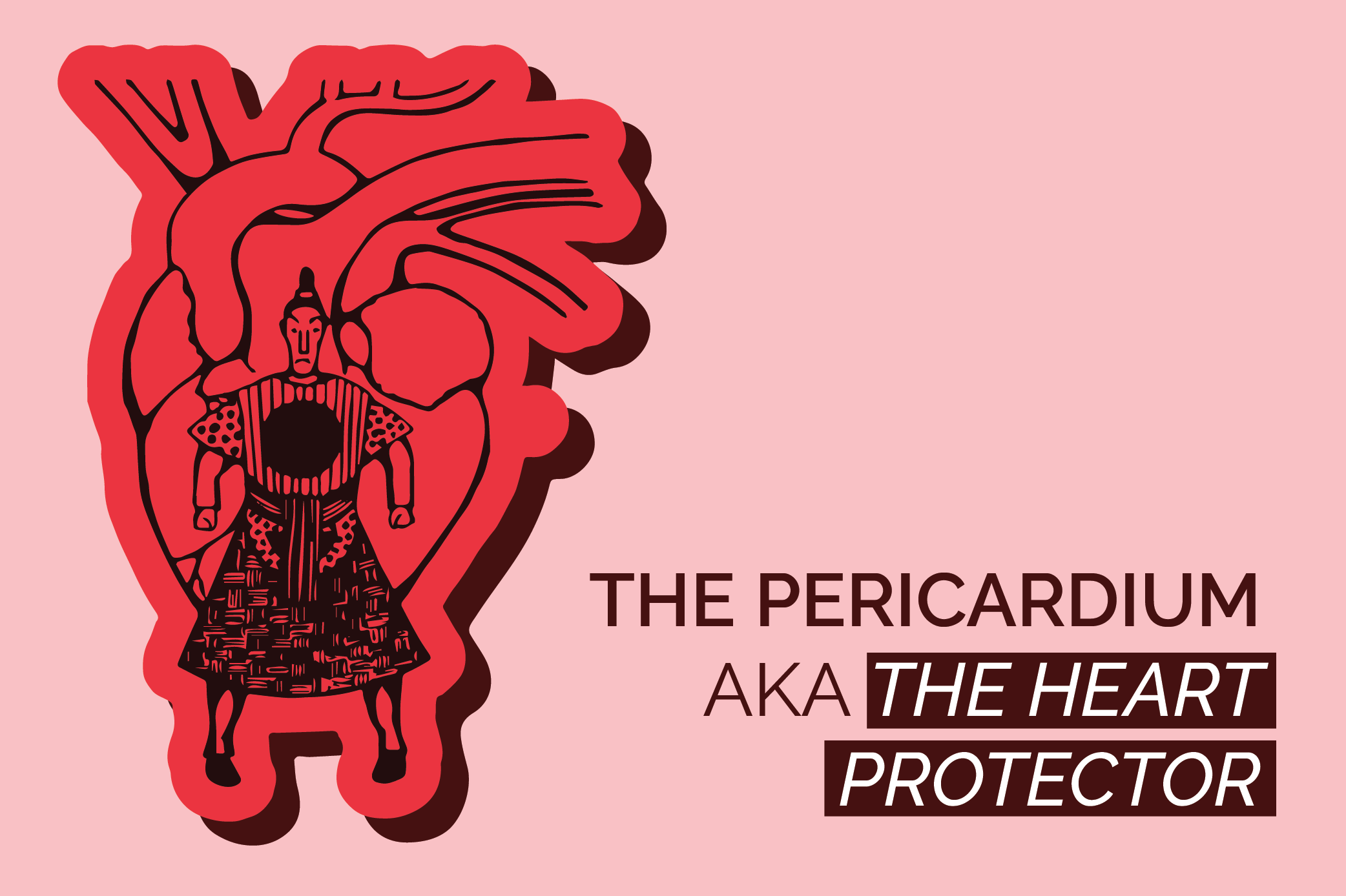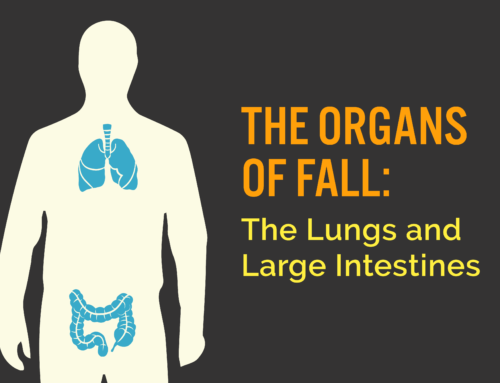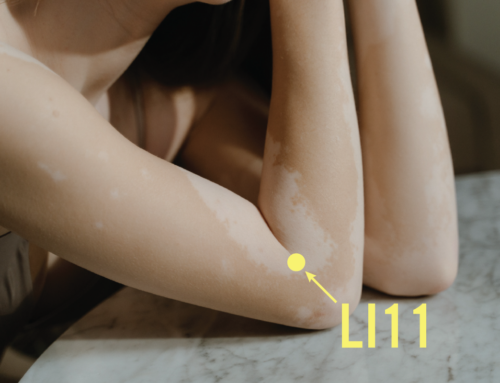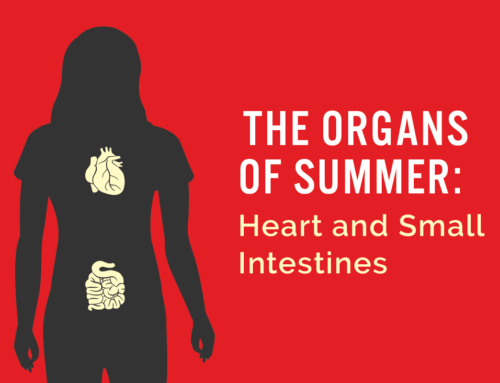We’re less than a week from Valentine’s Day, with all focus it’s focus on the ❤️/heart. However, an organ that deserves some major props around this time of year is the Pericardium.
Physically, the Pericardium is a double-layered sac of fibrous tissue that surrounds the heart. Spaces between the layers are filled with fluid, which lubricates as well as protects the Heart from external shock or trauma.
Of course, in Traditional Chinese Medicine (TCM) the idea of protecting the Heart goes much deeper.
A Bit About Zàng-fǔ
One of the most central tenets of TCM is zàng-fǔ. Within this concept, each organ is of service to the body, playing a particular role as one would in a kingdom or royal court.
In the Kingdom that is the human body, the Heart* is king. With the addition of the King’s eleven loyal subjects, the Twelve Officials metaphorically represent our organs (and meridians).
In order for the King/Queen/Monarch to rule with wisdom, love, impartiality, and joy, they must be protected and kept safe. This is the job of the Heart Protector, ie. Pericardium.
Protecting the Heart
The Pericardium, or Heart Protector Official, is like the chief bodyguard or head of secret service saying, “If you want access, you’ve got to go through me.” This protection allows the Monarch to work with good people, rule with fairness and impartiality, open to giving and receiving love, and able to set boundaries, create order, resolve disputes and so on.
Walls and Gates
To provide protection, walls are erected around a kingdom or palace, just like the walls we put up to emotionally protect ourselves. These walls are meant to encircle like a fortress, with an opening and closing gate acting as the main entry point.
As a Monarch must hear the needs of the people, it’s important that the Heart Protector Official allows entry to those deserving of access, while denying entry to anyone who could do harm. It is the role of the Heart Protector, aka Pericardium, to allow there to be healthy interaction between the Monarch and the people, opening and closing the gate accordingly.
However, if the Heart Protector is imbalanced, the gate may be stuck open, allowing entry to anyone including those who could injure an unprotected and unsuspecting Heart. This can result in allowing inappropriate intimacy, easily hurt feelings, or simply being too open and vulnerable. If the gate stays closed, no one can get in, and with a closed heart we feel alone, cold, joyless, defensive, and detached.
Pericardium 6: Inner Front Gate
When used at the right time, Pericardium 6 (PC 6) can regulate the opening and closing of this crucial gate, allowing love and compassion to flow in and out, freely but appropriately. A powerfully calming point, PC 6 regulates boundaries and helps bring balance when we ‘shut down’ or ‘wear our hearts on our sleeves’. This point also has the distinction of being the only point in research studies to have shown an effect when used all by itself (specifically for nausea, ie. nausea bands).
In fact, PC 6 has a whole host of physical indications including:
- Insomnia
- Epilepsy
- Heart Issues – hypertension. sudden heart pain, palpitations, etc.
- Cough & Asthma
- Nausea & Vomiting
- Hiccups
- Bloating and belly pain
- Menstrual Issues
- Pain in the upper arm and armpit
On an emotional or mental level, Pericardium 6 may be used for:
- Feeling manic
- Poor memory
- Apprehension, fear, and fright
- Sadness
- Loss of memory or inability to speak after a stroke
Locating the Point
Look at the inside of your wrist and make a fist. You’ll see tendons pop up when you do this. Place the middle three fingers of your other hand in this area, so that your ring finger lines up with the crease of your wrist. PC 6 is located directly underneath your pointer finger, between the two tendons.
You can stimulate this point by gently massaging it directly with your finger for 30 seconds or until you are inspired to take a deep breath.






